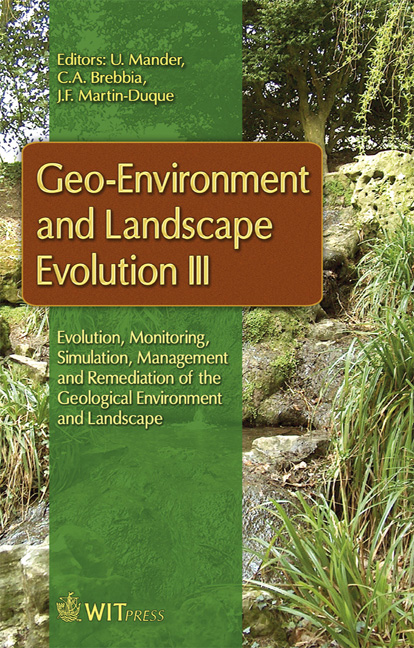Occurrence Of Pseudomonas Aeruginosa In Kuwait Environment
Price
Free (open access)
Transaction
Volume
100
Pages
8
Page Range
57 - 64
Published
2008
Size
313 kb
Paper DOI
10.2495/GEO080061
Copyright
WIT Press
Author(s)
A. Akbar, D. AL-Otaibi, H. Drobiova, C. Obwekue & E. Al-Saleh
Abstract
Deliberate and accidental releases of opportunistic pathogens such as Pseudomonas aeruginosa into the environment increase the likelihood of spreading infectious diseases. Also, P. aeruginosa is responsible for nosocomial infections and usually harbour several antibiotic resistance genes. In the present study total of 76 strains of P. aeruginosa were characterized (54 strains were isolated from soil samples collected from a crude oil contaminated site located north of Kuwait and 22 strains were isolated from medical samples). Whereas the phenotypic characterization such as the biochemical tests using VITEK 2 system (bioMérieux) and antibiotics susceptibility testing (AST) showed the high similarity between the medical and the environmental strains, the molecular analyses based on multilocus sequence typing (MLST) and restriction fragment length polymorphism (RFLP) demonstrated the heterogeneity of isolated P. aeruginosa indicating the presence of different clusters. Comparison of fingerprints obtained, confirmed the negative correlation between the environmental and the medical strains. In addition, results demonstrated that environmental strains are better adapted to crude oil contaminated sites. However, environmental strains may represent hidden reservoirs for pathogenic traits that may disseminate to other bacteria in the environment. Keywords: Pseudomonas aeruginosa; pathogenicity; MLST; RFLP; phenotype; antibiotic. 1 Introduction The versatile and ubiquitous bacterium Pseudomonas aeruginosa is one of the most important opportunistic pathogens that can affect a wide variety of
Keywords
Pseudomonas aeruginosa; pathogenicity; MLST; RFLP; phenotype; antibiotic.





